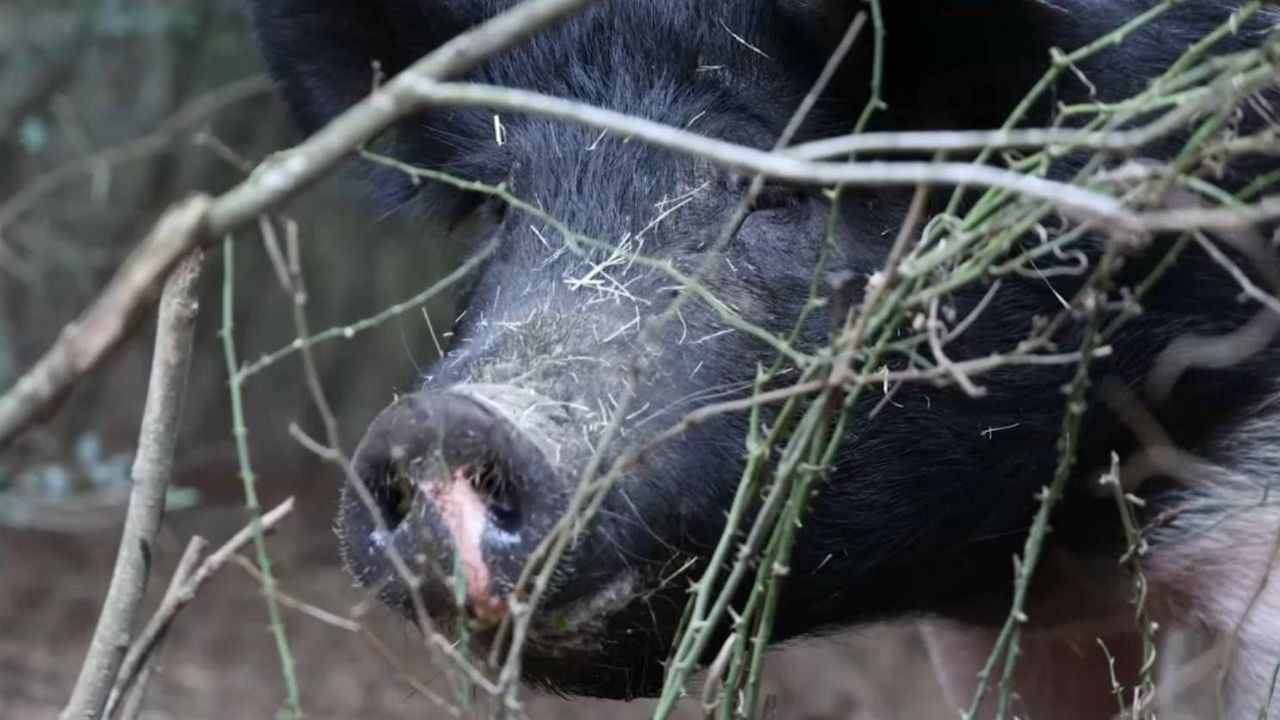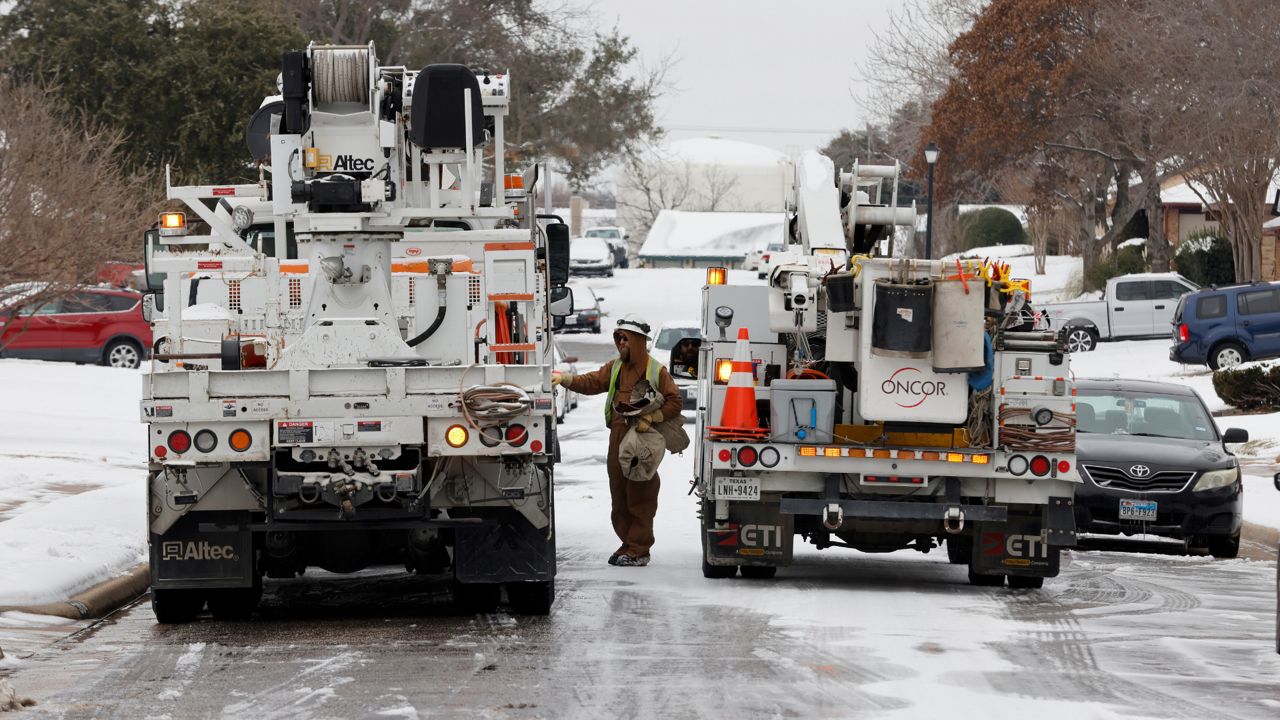DALLAS — A lot has changed in the four years since the state’s independent energy grid failed during the 2021 winter storm. However, the concerns about the grid go back even ten years earlier than that.
In February 2011, Texas got its worst winter storm in years. Snow and ice hit the state as temperatures fell into the teens and the grid began showing signs of problems. About 3 million Texans ended up dealing with rolling blackouts as power crews worked through the effects of that storm.
After that blast, state officials were warned to fix the grid or it would just happen again. Then, a decade later, it did.
On Valentine’s Day 2021, an even worse winter storm pushed Texas into the single digit temperatures and major portions of the grid completely failed. Half of the state’s power plant generation went down for days and millions were left without lights or heat for days.
Hundreds of people died in the cold and countless many were forced into shelters to ride out the week-long winter blast.
The trauma of that storm changed how many Texans look at the power grid. Amenities like heat during winter weather or air conditioning in the scorching summer are now statewide stressors. The Energy Reliability Council of Texas (ERCOT) is now a household name.
Since 2021, lawmakers and grid managers at ERCOT have scrambled to adopt reforms like insulating and weatherizing power plants and natural gas delivery systems.
The first major test came July 2022 when Texans shattered the grid’s record for demand — using about 80,000 megawatts of power. It was a push, but the grid held through the heat spell.
However, the state continued to break records, and it just kept happening through scorching summer days and freezing winter spells. With each of those events, experts have warned the demand on the power grid is only increasing. An estimated 2 million residents have moved to Texas in the four years since the 2021 storm.
However, experts say the supply side of the power grid has also increased. The council’s leaders told its board it made major additions to the grid, including an additional 10,000 megawatts of new generation added since March 2024. ERCOT’s grid capacity currently hovers well above 100,000 megawatts.
Energy providers across the state have touted major additions in the green energy space, including battery backups, wind and solar energy. Leaders estimate the state has added more solar in the past year than most states in the country ever have.
“It’s really a tremendous success story,” said Doug Lewin, author of the Texas Energy and Power Newsletter.
Lewin said the additional power generation sources combined with the efforts to fix up old ones have left the grid in better shape than it was in 2021.
“If you just exactly copied that weather system and put it down in February 2025 instead of February 2021, I do think there’d still be rolling outages. I don’t think they’d be nearly as long or effect nearly as many people.”
However, he says there are still concerns about winterization of the state’s natural gas lines and of homes and buildings throughout Texas that lack energy efficiency, which are likely costing the grid valuable energy.
With hotter summers, colder winters and more people pulling from the grid, he says there’s no space to get too comfortable.
“We’ve done some to bring the supply side up. We have not brought the demand side down, so that leaves a big gap,” said Lewin.
Four years later and the grid sits in a better place with efforts continuing to improve things even further. However, the discussions about the grid are clearly far from over, as Texans continue to reflect on those life-changing storms that started this all.






?wid=320&hei=180&$wide-bg$)



